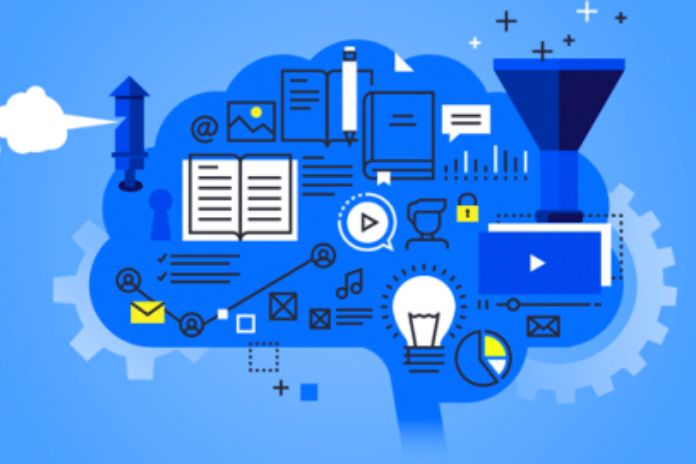Deep learning (DL) is used to designate deep understanding with neural networks. It is a specific form of machine learning that uses more data and aims to generate more accurate results by simulating how the human brain processes information precisely with an amplification of the brain’s mechanism for dealing with large-scale problems.
A neural network is a machine learning algorithm and is a very relevant concept within artificial intelligence. The neural network receives a set of data, processes this data, and tries to answer it, depending on the application: it can be trying to say what is in an image or predicting if a customer will give up on the company’s service.
As the name suggests, neural networks work with several neurons that do calculations about the problem and return values. Let’s continue studying the DL. This time, let’s learn the main differences between the similar concept of machine learning.
Machine learning (ML) is the concept that represents machine learning. They are techniques and algorithms (one of which is neural networks) that aim to make computers understand how our world works and predict certain conclusions based on how we think.
Having an area like ML is that it works with more data than a human being can manage since computers deal with it in seconds. The machine easily handles Big Data.
Data is a significant difference. Even if we need a lot of data to consider an ML problem, the dataset for a DL algorithm is even more critical. For this reason, serious learning problems are usually particular, as we will see in the next topic.
Another difference is a necessary process called feature extraction. In typical machine learning problems, such as credit analysis to predict whether a customer will default, programmers often pass different characteristics to the system in the form of variables such as income, collateral, etc.
ML needs these well-defined features to work. After passing, it is necessary to do some engineering with these variables, a form of pre-processing to put the elements in a pattern acceptable by the chosen algorithm.
On the other hand, DL automates feature extraction and eliminates the need for pre-processing for this purpose. In a typical DL problem, such as image recognition, the system takes care of understanding each component of a face, for example, and can quickly generate answers.
Another difference is the number of techniques. As ML is the largest area that encompasses DL, there are several ways to solve a problem in the machine learning universe, such as decision trees. Each algorithm is different and can be applied for a purpose. On the other hand, deep learning is about a specific way of dealing with problems and doesn’t have that variety.
What Are The Applications Of Deep Learning?
DL applications are numerous. One of the easiest to remember is image recognition or facial recognition. In these cases, the neural network aims to identify an object, a person, an animal, or anything else in an image, according to training with several others.
Each layer takes care of an aspect: one detects edges, another detects specific shapes, another takes care of comparison with known patterns, etc.
Another use is for disease identification on exams, a subfield of computer vision. In this type of problem, the purpose is to detect deviations in tests that indicate some sign of disease to facilitate health professionals’ work and even optimize the accuracy of the diagnosis.
Natural language processing is another powerful field. Systems are trained with phrases and outputs associated with their feelings and meanings. Then they must process new sentences and try to conclude the meaning or emotion behind them.
It is also worth mentioning the area of autonomous vehicles. Deep neural networks assist movement and enable these cars to travel safely and effectively. Deep learning is a growing area. It is an expansion of a neural network, the machine learning algorithm. However, it generally requires more data and automates the extracted characteristics of the analyzed problem to generate a faster and more accurate process.
Also Read: Artificial Intelligence In Industries: Benefits And Impacts

